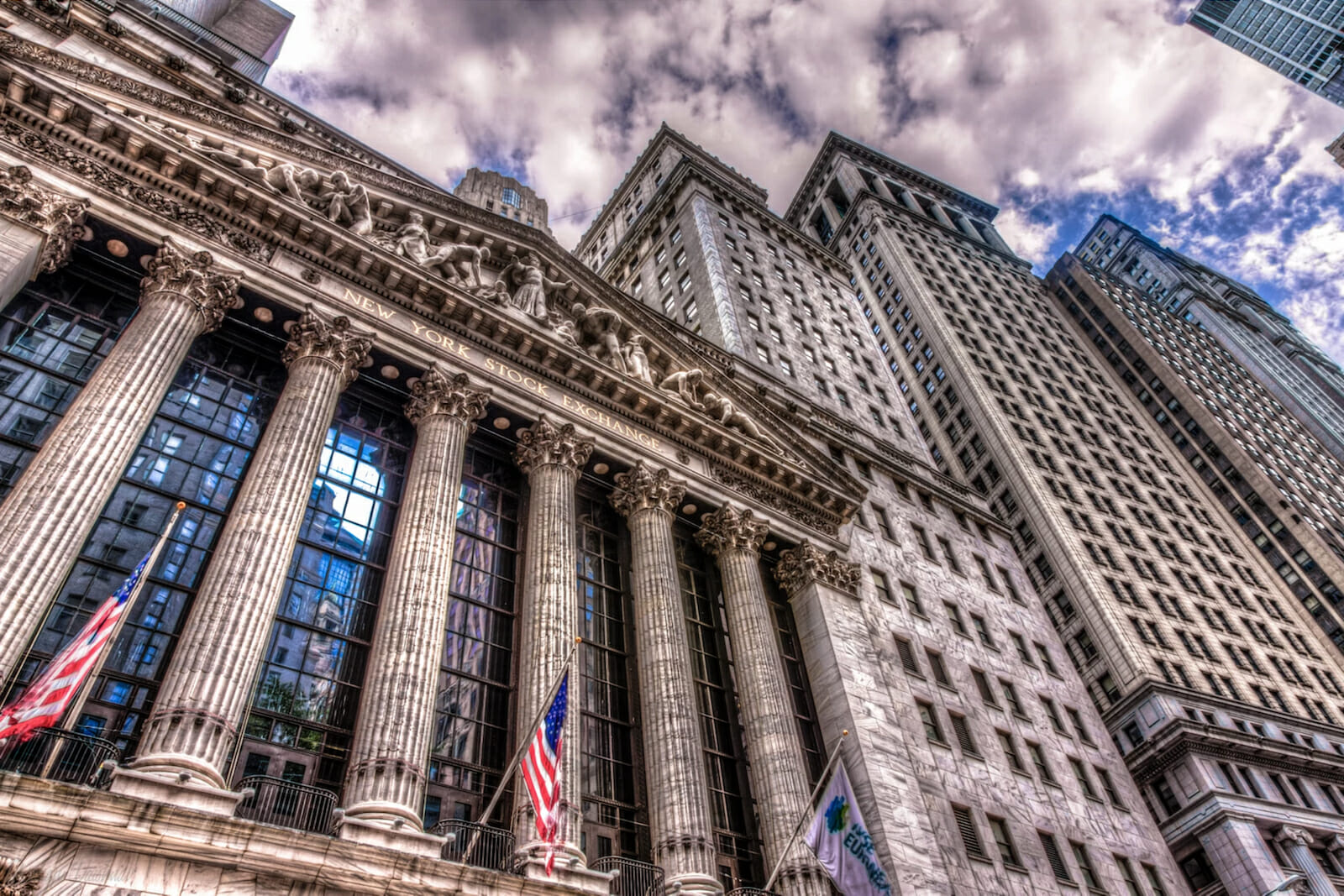
Business
Notes on Negative Interest Rates
Negative interest rates are changing the way investors think about investing in the developed world. Once considered to be quite literally impossible by such diverse economic thinkers as Ludwig von Mises and John Maynard Keynes, negative interest rates exist and appear to be sticking around for a while.
What exactly is a negative interest rate? It’s the opposite of what we think should happen when we hear “interest rate.” You, the investor, pay to own debt. If Germany’s debt has a negative interest rate (it does; in fact, all new issuances of German debt are currently negative), you pay for Germany to owe you money. Instead of being compensated for the risk involved in lending money and the inconvenience of not having your money, you do the compensating.
Fixed Income?
One major way that negative interest rate policies (aka NIRP’s) are changing the way we think about investing is that it has become a generally accepted principle of investing e.g., that there are two major categories or “asset classes” of investment: equity and fixed income. Now, with NIRP, can we still speak of “fixed income” in economies like Sweden and Denmark? When you pay to own someone else’s debt, you no longer have fixed income; you have fixed debt. You are not receiving an income; you are making payments.
For example, take Germany’s new 30-year sovereign bond. It has an interest rate of -0.11%. Investors will pay to own this bond until it eventually gives them their $1,000 back in 30 years.
Whereas the financial industry promoted for many decades the idea of owning safe, government-issued bonds to build a steady path to retirement, citizens in countries with these policies simply cannot use those time-tested strategies any longer. American investors have reason to complain about sub-2% interest rates domestically, but at least they do not owe money on their treasury bonds.
Who is Affected?
There are currently five central banks with negative interest rate policies: Sweden, Japan, Switzerland, Denmark, and the ECB. At the time of writing this, there are currently over $16 trillion worth of negative interest yielding bonds outstanding. The pace of growth of the Bloomberg Barclays Global Negative Yielding Debt Index (tragically, that’s a real thing) doesn’t seem to be slowing- back in mid-June of this year, the world was stunned when it hit $13 trillion.
Beyond Government Bonds
With sovereign yields so low, it was a matter of time before negative rates spread to private securitized debt. We now have junk bonds that have a negative yield. Whereas American junk bond investors might still make a respectable 5-8% or more return on corporate junk debt to compensate them for the increased risk of default, there are now European junk bonds that investors will also need to pay to own. While their yields are closer to zero, these are not exactly the “high yield” bonds of the past decades.
This threatens to make the entire asset class of continental European junk bonds useless to retail investors and institutional investors alike. Risky bonds have only made themselves palatable to investors by compensating them adequately for the risk. Now that investors are expected to pay to own them, there is very little reason for your average investor to see these bonds as viable.
Mortgages
Much like with junk bonds, homeowner lending has been affected in unique ways. In Denmark, for example, there are negative interest rate mortgages.
Interestingly, in the case of mortgages, the individual borrower is the one getting paid to owe money. This doesn’t mean that money is not owed by the borrower- it is. Nonetheless, the interest rate on the outstanding balance is negative. The bank is paying the borrower to take out a loan.
This has the effect of nullifying the age-old question for some borrowers: should I speed up my mortgage payments? The longer the mortgage’s lifetime, the bigger the reduction in the principal owed in this case, as the negative interest rate is in effect for longer. This is the kind of unintended consequence of NIRP that researchers at Bath University recently wrote about: lending has actually been decreased on the continent since NIRP was put into effect (for obvious reasons) despite the fact that it was originally justified on a basis of encouraging risk-oriented borrowing by companies and individuals.
Why?
So why are they doing this? Why are negative interest rates a thing? What do policymakers have to say for themselves?
The idea behind negative interest rates is that policymakers do not want to see investors try to hold on to their cash and not take risks. They do not want deflation (which is where inflation rates make like interest rates and go upside-down). They believe that if they make it unprofitable- painful, even- to hang on to capital, the rate at which capital flows through the economy will increase.
This means investors are going into equity markets, purchasing real assets (like homes, condos, and commercial real estate) to create new money and infrastructure in the economy, and making new business ventures. For those borrowing new capital to make those ventures happen, the price of risk has never been lower.
The Price of Risk
All of this leads to a fundamental, bedrock principle of finance that all investors must someday learn: interest rates are the price of risk. This term is thrown around in business schools like Wharton or George Mason and in policy white papers. It’s relevance to the average investor may never be so high as right now. We’re having to reconsider what “interest rates” are. This is it.
Central banks want to make the price of risk ever lower as they see less of it being taken than is desirable. America suffers from the same fundamental economic challenges, though less dramatically. Poor demographics and falling rates of the velocity of money (how fast money moves through the economy), as well as falling rates of new business, starts trouble policymakers for good reason. They are poor foundations for economic growth.
The final question here is, are negative rates coming to America? I do not think they will any time soon. America is in much better fiscal health than continental Europe, even as it faces potential man-made policy disasters of trade war blow-back.
With that said, important central banker Alan Greenspan recently mused that there are few reasons negative rates couldn’t come here:
There is international arbitrage going on in the bond market that is helping drive long-term treasury yields lower…There is no barrier for U.S. Treasury yields going below zero. Zero has no meaning, besides being a certain level.
Incidentally, I have more-or-less held Greenspan’s views that the difference between America’s bonds and the rest of the developed world is simply too large for traders to resist speculating upon. That’s the “arbitrage” he spoke of: when the strongest economy in the world has debt yielding 2-3% positive yield while Switzerland is 0.8% negative which is an incredible spread. International investors view our rates as staggeringly high by comparison, which does not create a healthy technical environment for our rates to survive as they are.
I’ll leave you with Greenspan’s optimistic footnote:
But there is hundreds of years of history showing the long-term stability in time preference, so these changes won’t be forever.
Conclusion
I am deeply skeptical of the American financial press that suggests negative yields are imminent here in the United States. With that said, the span of negative interest rate policies has already gone on longer than many (myself included) expected. It is changing how financial professionals conceptualize the role of debt in portfolios and making us re-examine the prices of risks in ways never seen before. It is important to start understanding the impacts now, as the policies appear to be staying around a while longer.

